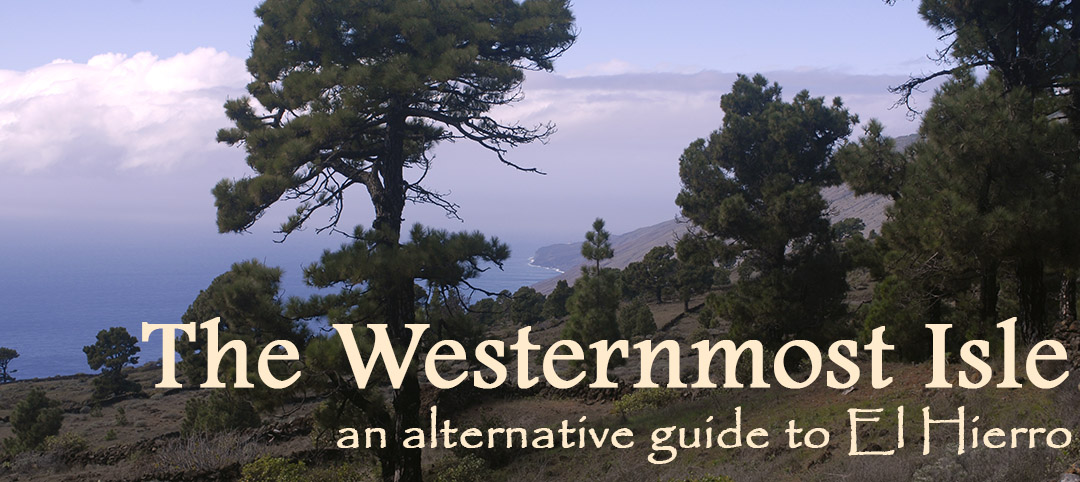A good wine is best kept in the memory.
Don Vicente’s wine was like a beautiful woman. Elegant and refined, its unblemished complexion pure pale gold, its aromas those of maturity with suggestions of a persistent springtime and a promise of sensations never to be fully known. Maybe our memory has magnified its virtues, maybe our memory falls short, but my wife and I often recall that day forty years ago in Don Vicente’s house in Sabinosa. He had made that barrel of wine sixteen years before, sixteen years untouched, peacefully evolving in the cool darkness of his little cellar.
You are unlikely to find a wine like that today. Don Vicente, one of the last really traditional winemakers, has left us and, like all the others, took his knowledge with him. So today’s winemakers have no tradition of generations behind them. They are, so to speak, still learning their craft, and their products suffer from a malaise typical of our times: they lack identity. They may be very good, but there is rarely anything intrinsic that tells you they come from El Hierro. Nevertheless, things are changing. Some of the winemakers have realized the possibilities this open situation offers and perhaps quite soon more really distinctive wines from the island will be on the market. Another advantage is that some unique pre-phylloxera varieties have been conserved on the island. Among the red varieties are Baboso Negro and Verijadiego Tinto and, among the whites, Verijadiego Blanco, Baboso Blanco and Verdello. Look out for these varieties on the labels.
Our young white wines are fresh and lively and compare favourably with any within their category. The reds have improved substantially in the last few years as the winemakers have experimented with our endemic varieties. As far as I know, there are no aged wines on the market. It’s up to you to try the wines and find those that you like best. In any case, remember these general rules:
- Whites: during the year following that of their harvest
- Rosés and Carbonic Maceration: during the first six months of the year following that of
their harvest
- Reds: during the two years following that of their harvest
- If you can, get the advice of someone who knows what he/she is talking about
- Rosés and Carbonic Maceration: during the first six months of the year following that of
their harvest
- Reds: during the two years following that of their harvest
- If you can, get the advice of someone who knows what he/she is talking about
I personally believe that one of the most promising futures lies in sweet aged wines somewhat similar to ports and sherries. Our Atlantic location, our climate and varieties of grapes and, from what one reads in the accounts of visitors in centuries gone by, such wines may well mirror the real tradition of El Hierro, as Don Vicente’s did. In fact one such wine, “Salmor”, has won several awards but today it seems difficult to find.
The other day I went to visit a neighbour who has been making wine for perhaps only ten years, or less. He proudly gave me a glass of red wine: it was exceptional! Not only the best red wine from El Hierro I have ever tasted but distinctive, too. So by the time you come to the island, perhaps it is on the market and you will have found the treasure you were looking for.
Meanwhile, if you read Spanish you may like to look up our Designation of Origen site
 |
| An informal winetasting event presided over by the President of the Denominación de Origen de los vinos de El Hierro. |


